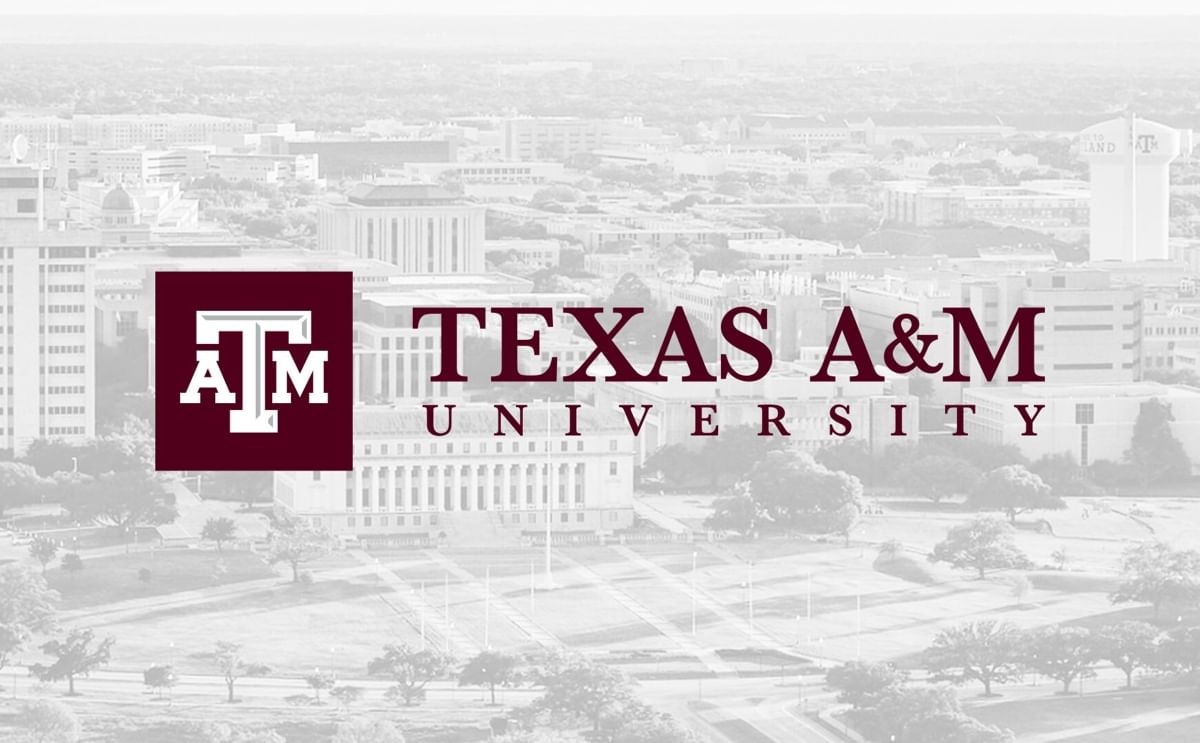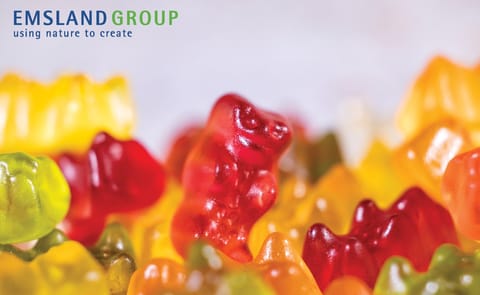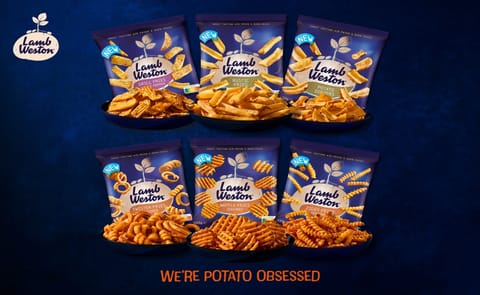Texas A&M University
Primaire tabs
Texas A&M University studied oil removal after vacuum frying

Scientists of the Texas A&M University, writing in the Journal of Food Process Engineering, report that short frying time and/or longer centrifuging time combinations would maximize oil removal from the chip's surface during vacuum frying.
According to the study, chips have increased oil content (OC) following vacuum frying and depressurization because of the rapid change in pressure (vacuum to atmospheric).
De-oiling, they note, is one of the most important steps in vacuum deep-fat frying to ensure quality products as it helps to remove the oil from the chip's surface before the process is pressurized.
The team, based at Texas A&M University and equipment supplier Blentech Corporation found the de-oiling system removed up to 81 per cent of the chip's surface oil when “centrifuged for 40 seconds at 750 rpm.”
And the researchers note that less oil was absorbed by the potato chips when the fryer was pressurized at lower rate (25 per cent open released valve) than at faster rate.
The authors claim their findings can help inform more effective design of vacuum frying systems to produce snacks with lower oil content.







